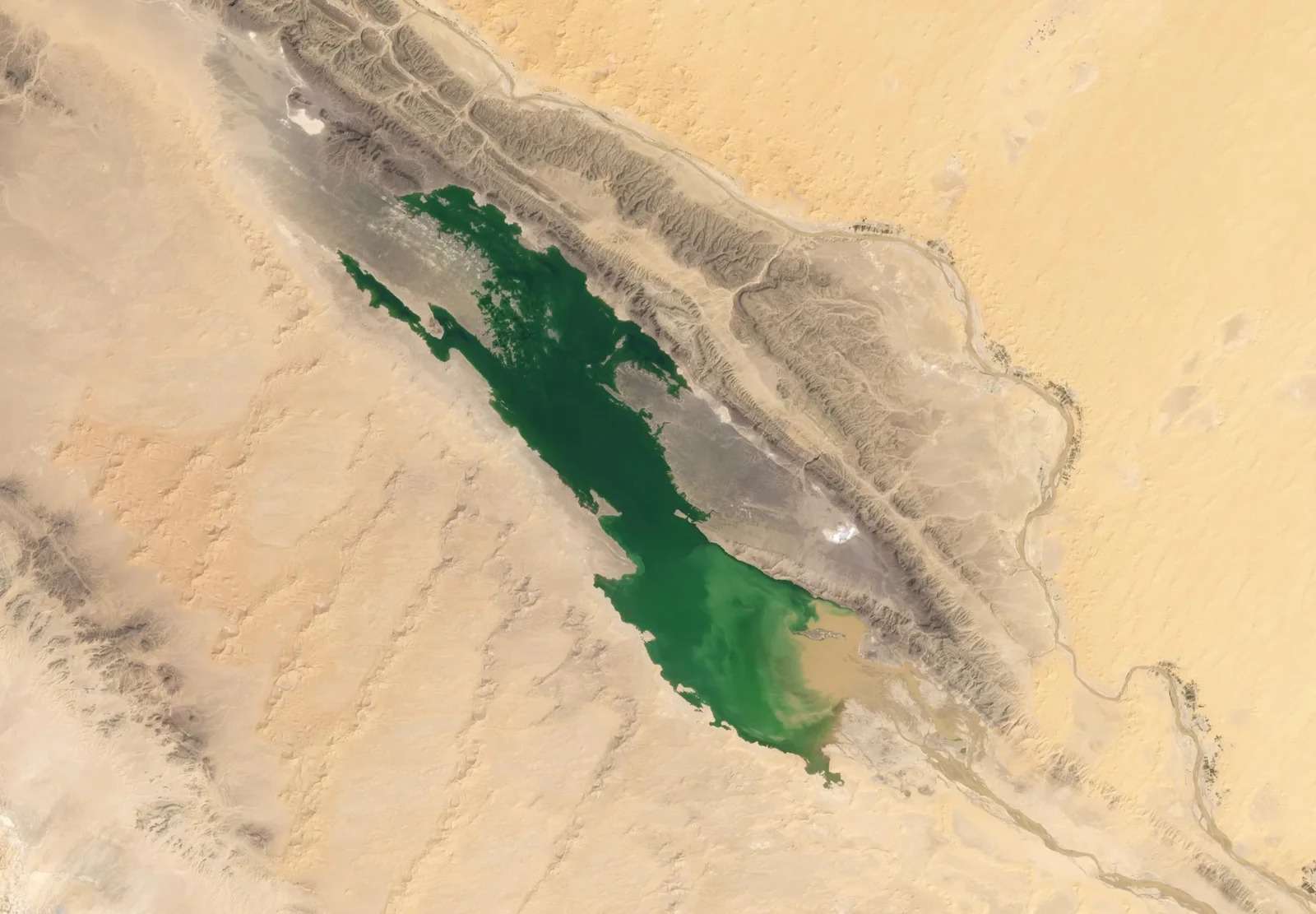Episodic increases in the water level of lakes in the Sahara desert, as in the case of Lake Sebha-el-Mela, help researchers study climate change, reports the Center for Hydrometeorology and Monitoring.
It is known that about 11,000-5,000 years ago, during the African wet period, the Sahara desert was much wetter and greener than it is today. Geological and archaeological evidence shows that the areas now massive dunes were once covered with vegetation, wetlands, and possibly even large lakes.
In September 2024, when a tropical cyclone brought heavy rain to North Africa, glimpses of a greener Sahara reappeared briefly. Heavy rains partially filled several normally dry, short-lived lakes in the desert.
Lake flooding in the Sahara desert is a rare, primarily temporary phenomenon. Few land-based weather stations exist in this part of Algeria, so the researchers used data from satellites.
Satellite observations show that when Sebha el-Melah fills, the water is retained for a long time. After filling the lake in 2008, the water completely dried up only in 2012.
Projections from the Intergovernmental Panel on Climate Change (IPCC) show that while some parts of the Sahara may see more rainfall as global temperatures rise, others will see less. How the Sahara's climate will change remains unclear, but by studying this lake, researchers hope to better understand its future.




















